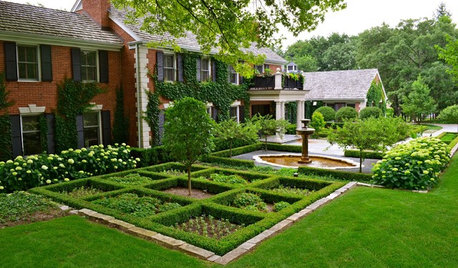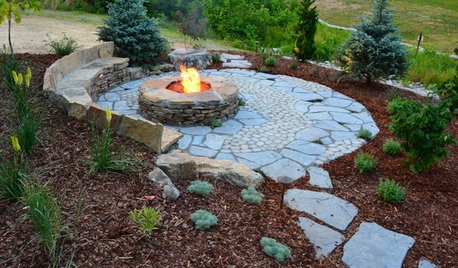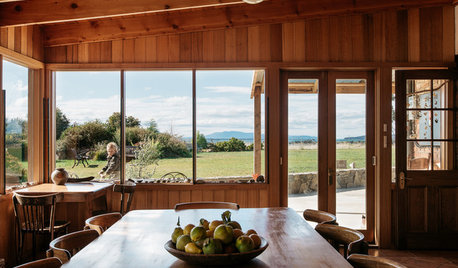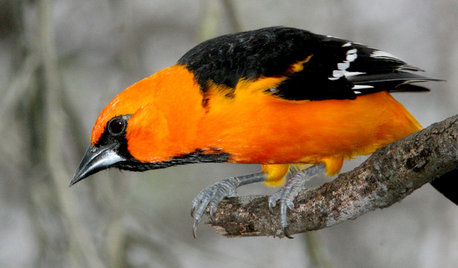What to plant next to and after onions?
milehighgirl
14 years ago
Related Stories

FRONT YARD IDEASBefore and After: Front Lawn to Prairie Garden
How they did it: Homeowners create a plan, stick to it and keep the neighbors (and wildlife) in mind
Full Story
GARDENING GUIDES6 Unsung Bulbs for Fall Planting
Don't hang up your spade after summer — plant these unusual bulbs in fall for a spectacular spring show
Full Story
FALL GARDENINGGreat Design Plant: Low-Maintenance Allium Cernuum
Nodding onion is a Mid-Atlantic native bulb with beautiful midsummer blooms
Full Story
HOUZZ TOURSHouzz Tour: After a Fire, Reimagining a Home
A freak accident destroyed this family’s home on the night before Christmas, but they rebuild and make it a better fit
Full Story
GARDENING GUIDESBoxwood: Still Shape-Shifting After 350 Years
Wild or mild, the humble boxwood still brings style and order to all kinds of gardens
Full Story
HOLIDAYS10 Ways Your Christmas Tree Can Live On After the Holidays
Learn how to recycle your Christmas tree and reap benefits for the environment
Full Story
MOST POPULARWhat to Do After a Hurricane or Flood
How you treat your home after a natural disaster can make all the difference in its future livability — and your own personal safety
Full Story
MY HOUZZMy Houzz: A Seattle Bungalow Goes From Flip to Happily-Ever-After Home
Once intended for a quick sale, this 1930s house now bears witness to its remodelers’ love and marriage
Full Story
HOMES AROUND THE WORLDThe Great Escape: Family Rebuilds After a Devastating Wildfire
Tim and Tammy Holmes survived the 2013 Tasmanian bushfires but lost their home. See how they’ve started over
Full Story
GARDENING GUIDESBackyard Birds: Orioles Return After Spending Winter in the Tropics
These colorful songbirds prefer woodlands and forest edges, but they’ll visit yards with fruit-producing trees and shrubs
Full StoryMore Discussions






digdirt2
digit
Related Professionals
Canton Landscape Architects & Landscape Designers · Derry Landscape Architects & Landscape Designers · Allentown Landscape Architects & Landscape Designers · Tempe Landscape Architects & Landscape Designers · Signal Hill Landscape Architects & Landscape Designers · Beverly Hills Landscape Contractors · Burlington Landscape Contractors · Chesapeake Ranch Estates Landscape Contractors · Gurnee Landscape Contractors · Las Vegas Landscape Contractors · Longmont Landscape Contractors · Muttontown Landscape Contractors · North Haven Landscape Contractors · Plantation Landscape Contractors · Yukon Landscape Contractorspnbrown
digit
denninmi
t-bird
gardenman101
glib
milehighgirlOriginal Author
pnbrown
digdirt2
cyrus_gardner